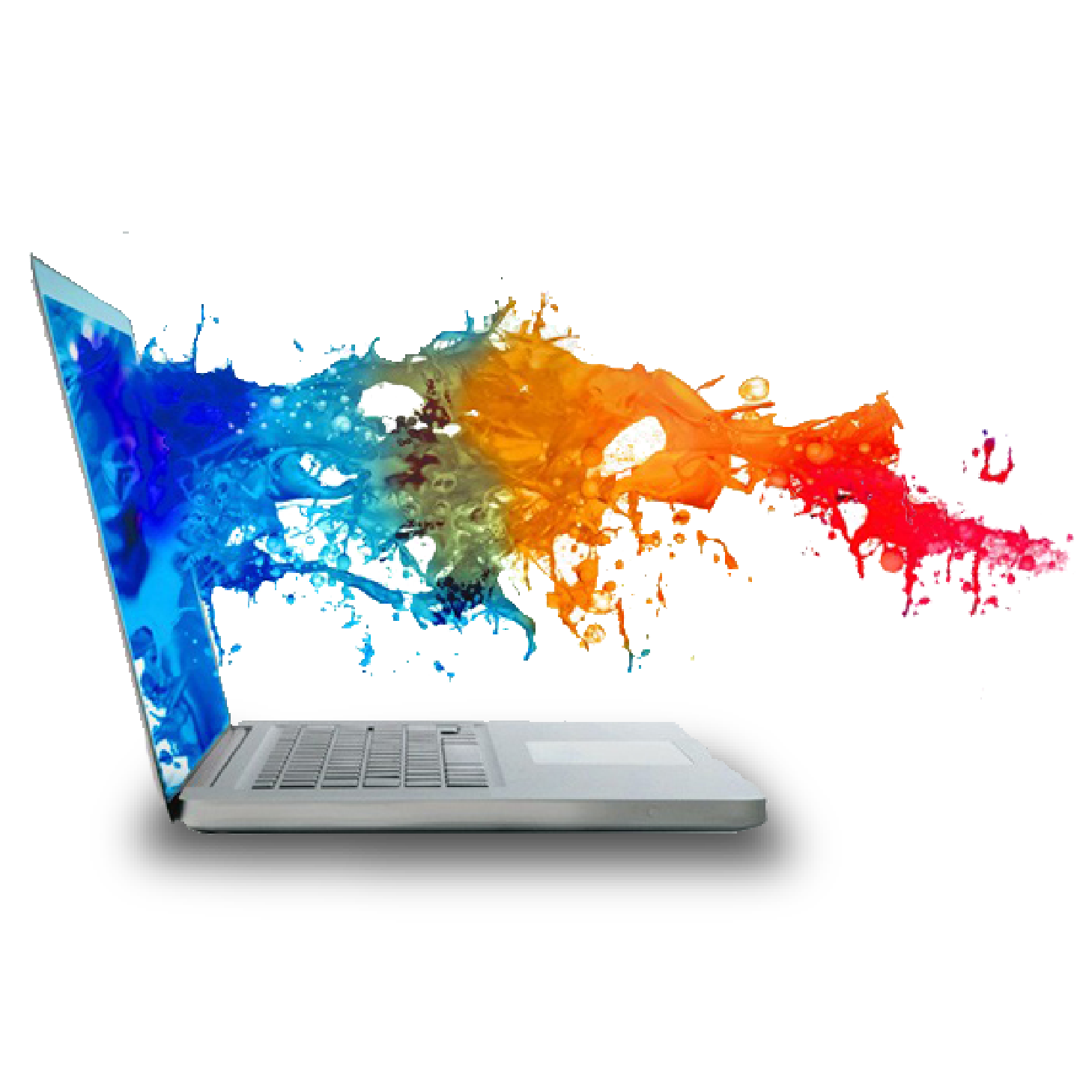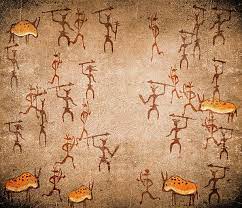The age of Information Technology has brought us instant access to graphic design art, poster designs, creative logo designs, and any other graphic design known to man. It has become so easy to grab a thumbnail or have someone make you a YouTube banner. Graphic design artists are a dime a dozen as they say, but getting the perfect guy for the job takes some shopping around. Now imagine a world where we had access to none of this. Do you remember the days before the Internet? Some of us do. You had to go find a 4 inch thick phone book and let your fingers do the walking. Then you would find your old corded phone and call someone and see if they can discuss your project. My how times have changed!
Now lets go back a little bit further and see where the first graphic designers came from.
The art of producing graphics, or pictures on a surface, is known as graphic design. This can be done on a computer screen, a canvas, a stone, or — perhaps most frequently recognized today — a piece of pottery.
The artistic method of graphic design encompasses graphics from drawings and symbols to graphs and charts, custom logo design, book cover design, and more, with a wide range of media to choose from.
The history of graphic design goes back so far it spans all of the development of art. Here is how graphic design began and evolved to reach its current state.

Origins of Graphic Design: 3,600 B.C.
The earliest documented visual communications emerged in 3,600 BC, which is when graphic design may be found.
The southern French Lascaux caverns include these pictographs and symbols.
The Blau Monument can be found if you travel back in time by many thousand years. It is the first item that is known to have both words and images on it.
These designed objects are obviously very different from what we think of as graphic design today, but they contributed to the development of such things as drawings, posters, banners, and more by igniting the idea of putting images on surfaces.


Printing and paper: 105 AD to 1530 AD
The idea of printing originated with the discovery of paper in 105 AD by a Chinese man. Character placement for printing was made possible by the invention of moveable type nearly a thousand years later (1045 AD). This resulted in more rapid printing possibilities and adaptable, effective solutions. By 1276, a paper mill had made its way to Fabriano, Italy, bringing printing to Europe for good.
Two hundred years after the first paper mill entered Europe, in 1450, the method of printing type in books was seen to be ideal. In 1460, the first printed book with images appeared shortly after. Before Claude Garamond established the first type foundry in 1530, which produced and sold fonts to printers, seventy years of printing had passed.
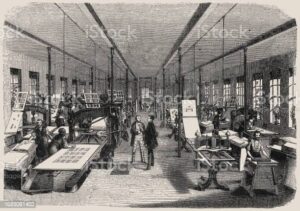
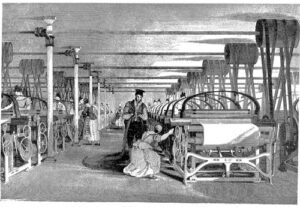
1760 to 1800: The Industrial Revolution
In the 1760s, the Industrial Revolution began, ushering in a new era for graphic design. At a previously unheard-of rate, new technologies started to emerge, including the cost-effective printing technology of lithography. The invention of the printing press, which increased the size of the paper that could be printed and cut labor costs by 90%, also ushered in the Industrial Revolution in 1800.
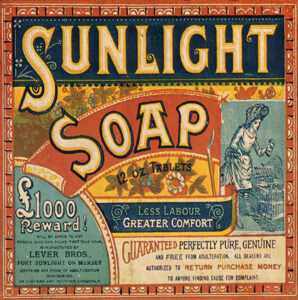
Graphic Design Development: 1900s
Graphic design has been making its way into corporate procedures since the Industrial Revolution, but in the 1900s, its use surged. Frank Lloyd Wright published “The Art and Craft of the Machine” in 1901, which contained fundamental ideas that are still used in contemporary design. Businesses started developing logos to help brand their companies as the advertising sector and color printing expanded. Your company’s identity will become more than simply a name with a bespoke logo design. It will become a striking and memorable work of art, with color, shape, and composition all working to leave an impression on customers.
Naturally, graphic design found widespread use in the advertising and other sectors, leaving lovely graphics on a variety of items, including posters, t-shirts, record covers, and more. Designers started using digital tools, such Photoshop, which was initially launched in 1990, as computer technology was developed and released throughout the late 1900s. These electronic tools transformed the industry.
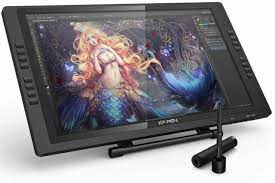
Today’s Graphic Design
Graphic design today primarily relates to creating images for publications including magazines, books, ads, and digital posters. This intricate area of design deals with the fine skill of conveying concepts through both text and images. Although some graphic designers still work with paintings and drawings, most graphic design is now done with digital tools. These contemporary graphic design techniques can be used for a wide range of projects, including creating unique logos, book covers, magazine layouts, billboard advertisements, garment designs, and internet banner ads.
Although graphic design has been around for a while, it has only really come into its own in the last hundred years or so as it is seen today in the commercial world. Over the past 100 years, graphic design has invaded the worlds of commerce and consumerism, capturing our attention, piqueing our curiosity, or occasionally blending in with our surroundings. It’s everywhere, but you might not notice how frequently it pops up in everyday life unless you’re looking for it. We probably can’t even begin to envision where graphic design will lead us in the future; after all, do you really think that the folks who first printed words on paper in a paper mill could have imagined creating digital banner ads, web sites, and branded materials? Since the first paper mill’s workers probably couldn’t have anticipated creating the digital banner ads, online pages, and branded logos we now scroll by every day, it’s possible that we can’t even begin to imagine where graphic design will take us in the future.
So that is our wrap up of the history of graphic design. Instead of having to find a caveman who knows how to mix up paints and can make it to your cave, you simply need to go to Just Graphics dot Art and get ahold of us and present your graphic design ideas to us. If you can dream it, we can design it. We want to earn your business and we will work hard to give you the best that modern day, high tech graphics design engineers can provide!
